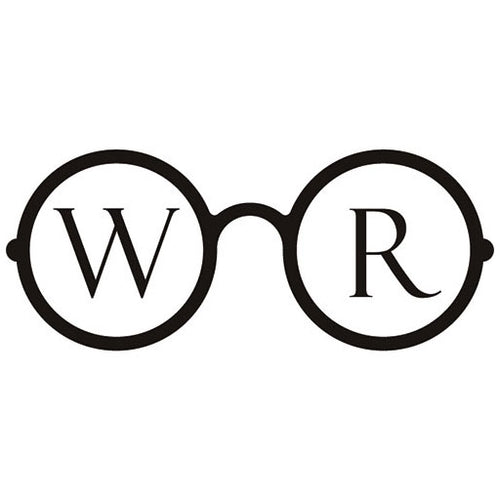
The Roaring Twenties: The Historical Context of The Great Gatsby
The 1920s, often referred to as the "Roaring Twenties," was a decade of significant cultural and social change. The era, characterized by economic prosperity, social liberation, and technological advancements, greatly influenced the arts and literature of the time. Among the many works that emerged from this period, F. Scott Fitzgerald's "The Great Gatsby" stands out as an iconic representation of the age.
The setting of "The Great Gatsby" is integral to the novel's narrative. The story unfolds in the summer of 1922, in the affluent areas of West Egg and East Egg in Long Island, New York. This period was marked by a post-war economic boom, and the characters' lives and experiences reflect the opulence and extravagance that characterized the era.
Jay Gatsby, the novel's central character, embodies the quintessential self-made man, a common figure in the Roaring Twenties. He amasses a vast fortune through dubious means to win over his love interest, Daisy Buchanan. Gatsby's lavish parties, filled with music, dance, and flowing champagne, capture the spirit of the age - a time of unprecedented prosperity and indulgence.
However, Fitzgerald does not merely glorify the era's extravagance. Through Gatsby's tragic fate, the author critiques the excesses of the Roaring Twenties and the hollow pursuit of wealth and status. The novel presents a sobering commentary on the American Dream, highlighting its unattainable nature and the disillusionment that often accompanies it.
Moreover, the novel also reflects the social changes of the time. The Roaring Twenties saw a shift in societal norms and conventions, particularly concerning women. This is evident in the character of Daisy Buchanan and her friend, Jordan Baker. Both women are depicted as independent and liberated, mirroring the rise of the 'flapper' culture and the changing role of women in society.
In conclusion, "The Great Gatsby" is not merely a novel - it is a window into the Roaring Twenties. The book encapsulates the era's vibrancy, opulence, and cultural shifts, providing readers with a vivid depiction of one of the most transformative decades in American history.




